Source - http://www.culture24.org.uk/history-and-heritage/archaeology/art500706-in-pictures-the-coin-seaton-hoard-found-by-archaeologists-in-devon
Take a closer look at some of the coins from the Seaton Hoard - the Devon discovery which is the largest of its kind ever found in Britain.
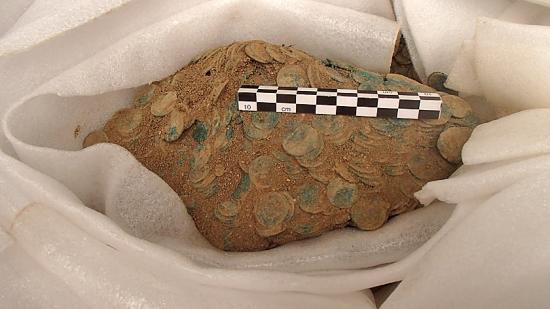
The main clump of the Seaton Hoard © The Trustees of the British Museum
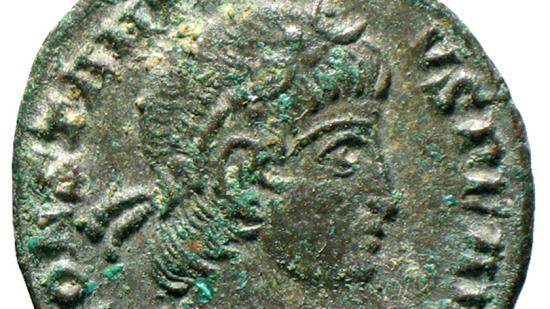
The hoard is the largest of its kind found in Britain © The Trustees of the British Museum
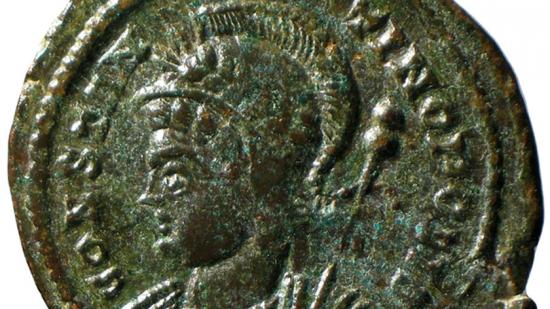
The hoard of approximately 22,000 copper-alloy coins was found near the previously excavated site of a Roman villa in Devon © The Trustees of the British Museum
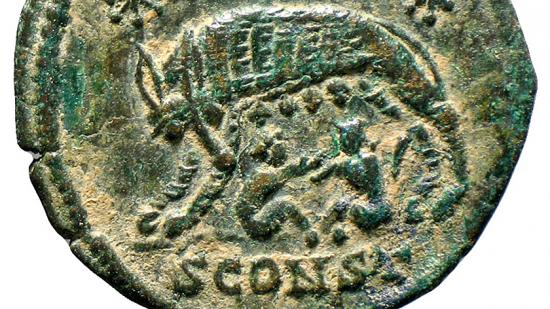
The coins appeared to have been buried together as a single group in a small isolated pit © The Trustees of the British Museum
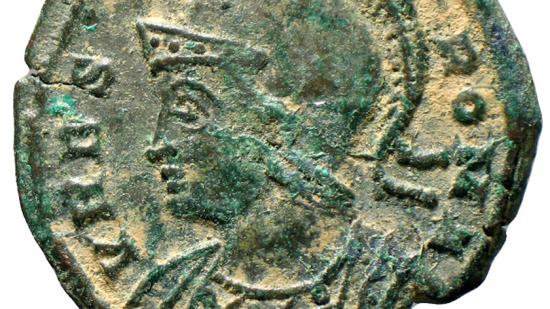
The coins range from the late AD 260s to the AD 340s © The Trustees of the British Museum
One of the copper alloy coins, called a nummus, was declared the millionth find made by the Portable Antiquities Scheme since it was launched in 1997, struck in AD 332 at the mint of Lyon (Gaul).
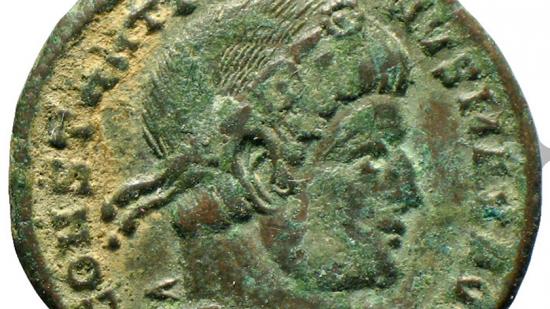
One of the coins was declared the Portable Antiquities Scheme's millionth find © The Trustees of the British Museum.
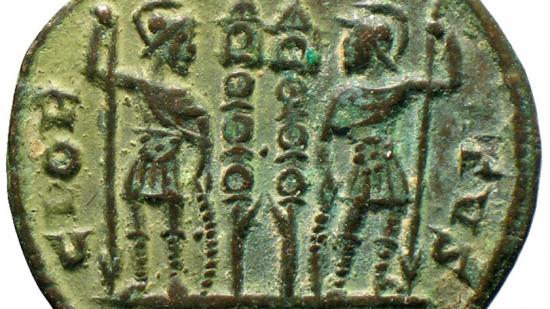
The millionth object was struck at Lyon in AD 332 © The Trustees of the British Museum.Th
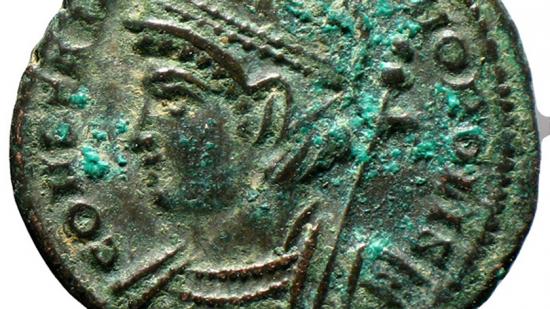
The reverse of the millionth object shows Victory on a prow © The Trustees of the British Museum
It shows the personification of Constantinopolis on the obverse and a Victory on prow on the reverse.
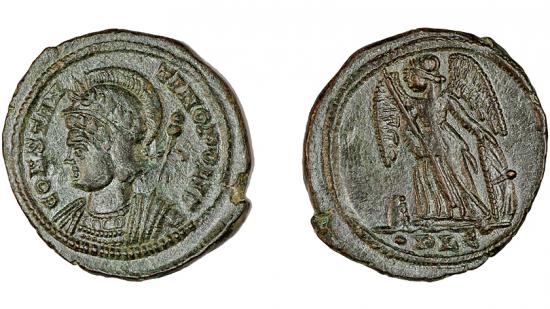
The copper alloy coins were struck by Constantine I © The Trustees of the British Museum
This very common type was struck by Constantine the Great across the Empire to celebrate the inauguration of the new city of Constantinople which was to become the capital of the Eastern Empire.
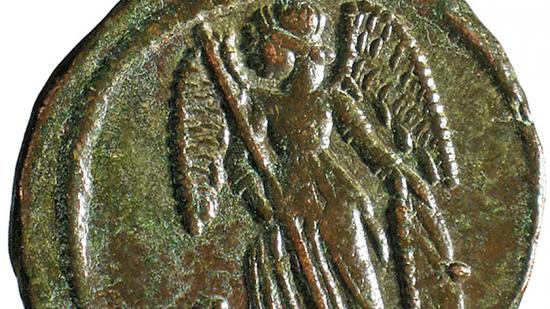
The Emperor was celebrating his new city of Constantinople (Istanbul) © The Trustees of the British Museum